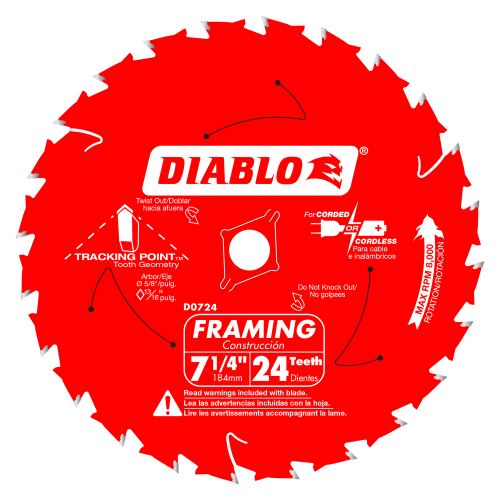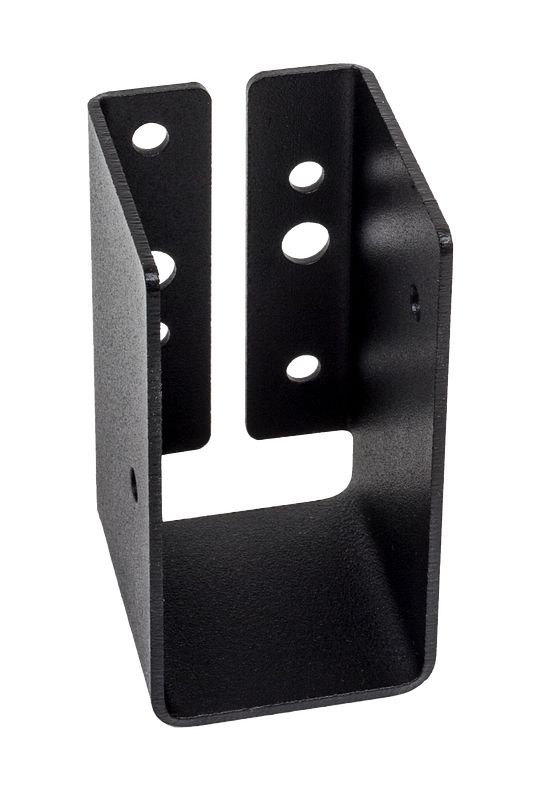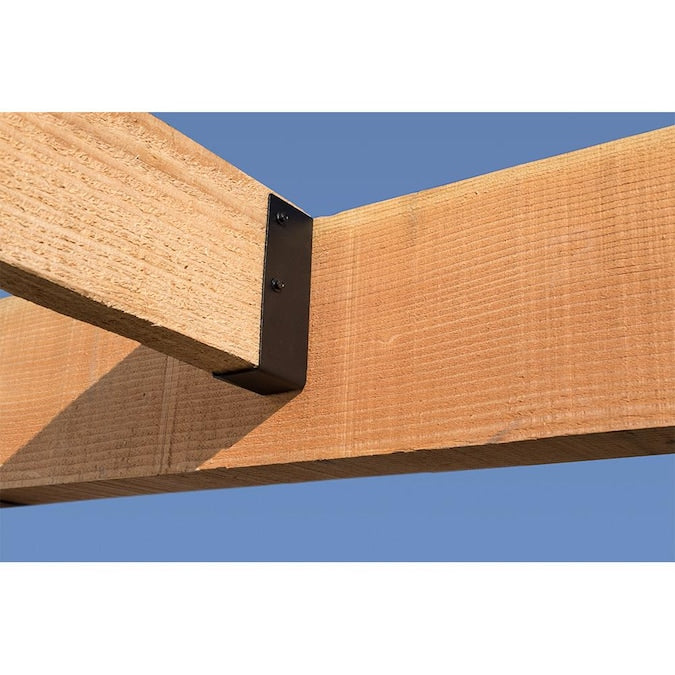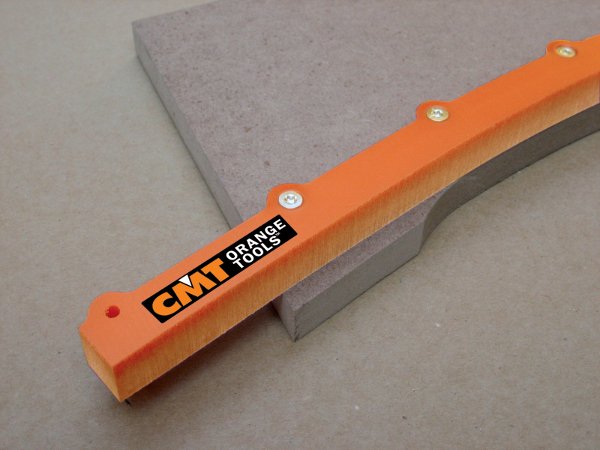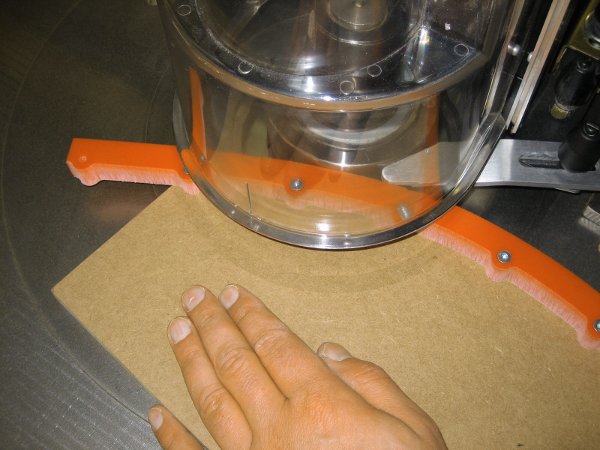Drywall anchors are essential for securely mounting items on walls without studs. They provide the necessary support to prevent screws from loosening or pulling out of the wall. Understanding how to use drywall anchors correctly can save you time and ensure your installations are both secure and professional.
Choosing the Right Type of Drywall Anchor
Selecting the appropriate drywall anchor is crucial for a successful installation. There are several types of drywall anchors, each designed for specific applications and weight capacities. Plastic expansion anchors are suitable for lightweight items, such as picture frames or small shelves.
For medium-weight items, such as mirrors or heavier shelves, toggle bolts or molly bolts provide greater stability. Heavy-duty tasks, like mounting a television, require metal anchors or specialized toggle bolts. Always consider the weight of the item you plan to mount and choose an anchor that can support at least twice that weight for added security.
Preparing the Wall for Installation
Before installing a drywall anchor, it's important to prepare the wall properly. Start by marking the exact spot where you want to install the anchor. Use a pencil and a level to ensure the marking is straight and precise.
If you’re installing multiple anchors, measure the distance between them to ensure they are evenly spaced. Drill a hole slightly smaller than the anchor itself to ensure a tight fit. Be cautious to avoid over-drilling, as this can weaken the drywall and compromise the anchor's effectiveness.
Installing the Drywall Anchor
Insert the anchor into the drilled hole and gently tap it with a hammer until it’s flush with the wall surface. For plastic anchors, ensure they expand behind the drywall as you insert the screw. With toggle bolts, you need to insert the anchor through the hole and then expand the wings behind the drywall by tightening the screw.
For molly bolts, insert the bolt into the hole, tighten the screw to expand the anchor, and then back the screw out to attach your fixture. Always follow the manufacturer's instructions for the specific anchor you are using to ensure proper installation.
Securing the Fixture
Once the drywall anchor is securely in place, you can proceed to mount your fixture. Position your item over the anchor and insert the screw through the mounting bracket into the anchor. Tighten the screw until it feels firm but avoid over-tightening, which can strip the anchor or damage the drywall.
Make sure the fixture is level and secure before you finish the installation. If you need to adjust the position of the fixture, remove the screw, reposition the anchor, and reattach the fixture.
Tips for Ensuring a Secure Installation
To ensure the longevity and security of your installation, consider a few additional tips. Avoid using drywall anchors for items heavier than the anchor's weight rating. For very heavy items, it's best to locate a stud and use a screw directly into the stud for added support.
Regularly check mounted items to ensure they remain secure and haven’t shifted or loosened over time. If an anchor appears to be failing, remove it and replace it with a new one to maintain the integrity of the installation.
For a comprehensive selection of drywall anchors, including the reliable Simpson Strong-Tie SWZ08L-R100 #8 x 1 1/4" Zinc, with Screws Drywall Anchor, Sure Wall, visit our website. We offer a wide variety of options to suit your needs and ensure a secure installation every time.
For all your drywall anchor needs, visit Factory Direct Supply. We offer a wide range of anchors and other supplies to ensure your projects are completed with the highest quality materials. Contact us today to learn more about our products and how we can assist you with your next installation.
By following these guidelines and tips, you can ensure your drywall installations are both secure and professional. If you need further assistance or more detailed advice, don’t hesitate to reach out to us at Factory Direct Supply. We’re here to help you find the right tools and materials for your project.


